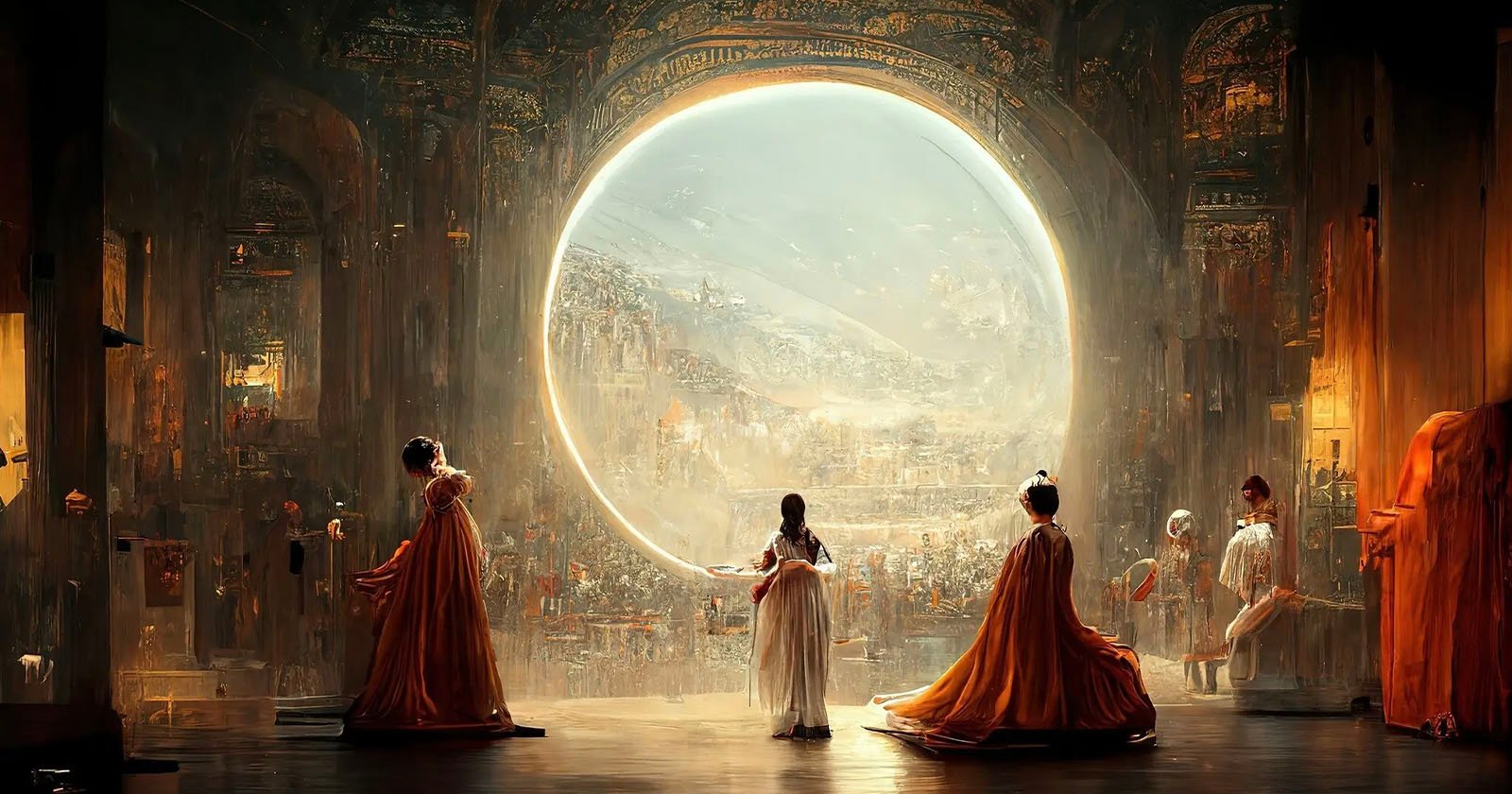An artist who infamously duped an art contest with an AI image is suing the U.S. Copyright Office over its refusal to register the image’s copyright.
In the lawsuit, Jason M. Allen asks a Colorado federal court to reverse the Copyright Office’s decision on his artwork Theatre D’opera Spatialbecause it was an expression of his creativity.
Reuters says the Copyright Office refused to comment on the case while Allen in a statement complains that the office’s decision “put me in a terrible position, with no recourse against others who are blatantly and repeatedly stealing my work.”



Human involvement isn’t the rule though. Again, that which ends up in fixed form has to carry expression by a human. Otherwise everything from dirt stains to footprints you accidentally create would be under copyright.
The prompts aren’t generally considered enough because there’s too little control over the final expression, the same prompt can create wildly different outputs.
AI art isn’t made by just entering a prompt, picking an output image, and calling it a day. There’s actually a lot more involvement necessary to get the final output to be what you want. Some more advanced pieces of AI art take hours of tweaking the prompt and redoing certain sections, balancing positive and negative prompts and their weighting, not to mention training a model in the first place and touching up the final output in Photoshop.
There’s a very big industry behind AI art right now, and they’re not just using DALL-E prompts to do it. Whatever your thoughts about AI art may be, there’s no denying that a large amount of human labor is involved in the creation of any piece.